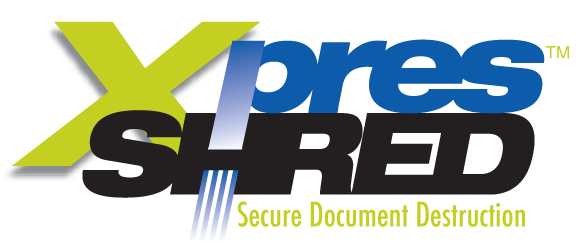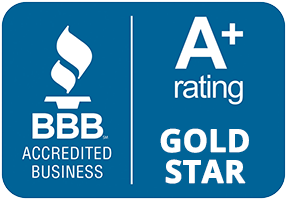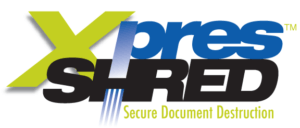For Everyday Folks, there are Three Ways to Shred
As a highly reputable resource for document shredding in Colorado, XpresShred has become very popular among small to mid-sized businesses. Medical offices, legal offices and retailers love the convenience and security that locally owned XpresShred provides with document shredding in Denver metro area.
However, document destruction isn’t just for businesses; it’s for everyone. Homeowners, renters, workers, parents, adult children…everyone needs to shred documents at various times in order to maintain information security and privacy. The problem is that these people may not have the ability to desire or ability to invest in routine paper shredding services. Fortunately, this is a problem with a very easy solution.
In fact, there are three shredding options that everyday folks can choose from. The first is to take advantage of a one-time shredding appointment. XpresShred can provide mobile shredding in Denver and throughout the Front Range, by going to a customer’s home and shredding right outside the door. Customers can watch the entire process, to be sure that their information is being protected until it has been completely destroyed. Alternately, we can dispatch one of our secure trucks to pick up the materials for transport to our plant for shredding. With each approach, a Certificate of Destruction is issued after the paper is destroyed. XpresShred is AAA Certified and audited for compliance by the National Association for Information Destruction (NAID). You can rest assured that your documents and sensitive materials are protected and destroyed according to industry standards.
Another option is to drop papers off at our offices. You can visit our plant in Englewood for quick, affordable drop off document shredding. You are welcome to witness the destruction, if you would like.
For a one-time shredding appointment outside your home, call XpresShred at 303.592.6000, and for easy drop off shredding drop by our plant between 8:00 and 4:30 from Monday through Friday. You don’t need an appointment or advance notice. We are ready to assist you when you are ready to come by.







